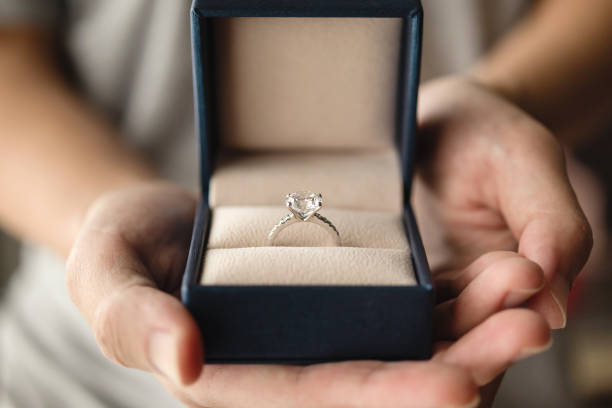How To Pick A Good Persian Rug
 Persian rugs or carpets are not just beautiful, but they are also practical. You can easily match one with the size of the floor, and you can also choose one that matches the other furniture pieces and the design theme of a particular room in your house (e.g. classic, formal, rustic, modern, etc). But in order to pick the best Persian rug, there are several things that you have to take into consideration. Below are the things you need to think about before buying a beautiful Persian rug.
Persian rugs or carpets are not just beautiful, but they are also practical. You can easily match one with the size of the floor, and you can also choose one that matches the other furniture pieces and the design theme of a particular room in your house (e.g. classic, formal, rustic, modern, etc). But in order to pick the best Persian rug, there are several things that you have to take into consideration. Below are the things you need to think about before buying a beautiful Persian rug.
1. Consider the space available
Before you buy a Persian rug, you need to know where you are going to put it and how much space do you have in that particular room. You should follow the guidelines below:
– Bedroom: If you have a queen-sized bed, you should choose a rug which has a 5′ side (e.g. 5’x3′, 5’x7′, or 8′), depending on the size of the room. Placing runners in front of an armoire or along the room side also creates an appealing effect.
– Dining room: The carpet should be placed below the dining table and chairs. For a rectangular table with 6 – 8 chairs, you will need an 8’x10′ rug, while a table that seats 10 – 12 requires an 8’x11′ or 9’x12′ carpet.
– Living room: You can place a rug under the furniture but it is okay if you choose not to. But it would be better if you do not put it under the furniture to avoid damages. The ideal size is 5’x7′, 8′, or 6’x9′.
– Hallway: A runner is usually the most appropriate type of rug to use for the hallway. But always remember to save 1/4 to 1/3 of the width of the room for flooring border. For a 3′ wide hallway, saving 1/4 of it means choosing a 27″ wide runner, while saving 1/3 means selecting a 2′ wide runner.
2. Consider the quality
When choosing a Persian rug, you also need to factor in the quality. Below are some factors that determine the quality of a rug:
– The weaving: Consistent weave is very important for the rug’s longevity. You should check the back of the rug for irregular weaving.
– The knots: The tighter the knots, the better. Rugs with loose knots have fewer knot counts compared to the ones with tighter knots. Rugs with high knot counts are stronger and usually more expensive.
– The selvages and ends: Each selvage and end of the rug should be straight and secured properly. Also make sure that the width dimensions at both ends are the same.










